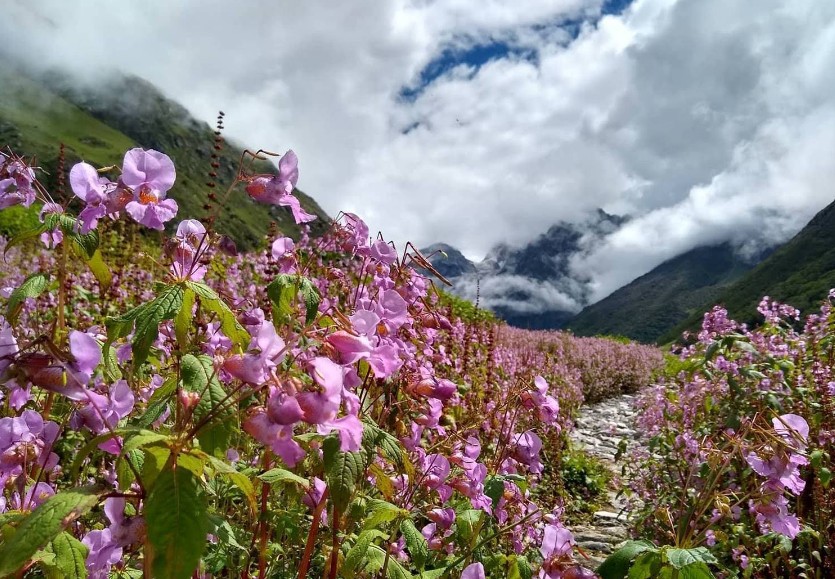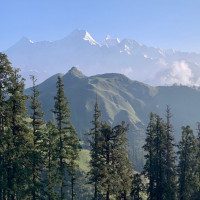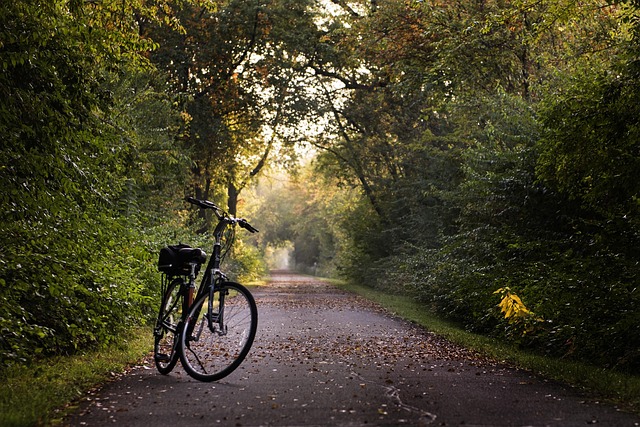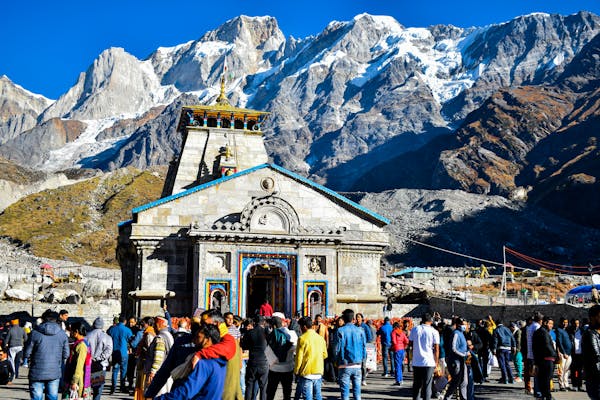Exploring the National Parks of Uttarakhand: A Rich Blend of Wilderness, Beauty, and Biodiversity

Strong 8k brings an ultra-HD IPTV experience to your living room and your pocket.
Uttarakhand, a state tucked in the lap of the Himalayas, is famed for its pristine landscapes and diverse ecological treasures. One of the most cherished aspects of the region is its six national parks, each offering a distinct blend of rare flora, incredible wildlife, and majestic terrain. These parks are more than just protected zones—they are living ecosystems that showcase the state's natural richness. Let’s dive into the national parks of Uttarakhand, uncovering what makes each one unique in terms of biodiversity, landscape, and travel experience.
Rajaji National Park: Where Wildlife Roams Free
Sprawling over the Shivalik ranges, Rajaji National Park is located near Haridwar, Dehradun, and Rishikesh. It covers an area of around 820 square kilometers, making it one of the largest protected zones in Uttarakhand.
Rajaji is known for its significant population of Asian elephants. Apart from elephants, the park is home to tigers, leopards, barking deer, wild boar, and sloth bears. Bird watchers are in for a treat as the park is home to over 300 bird species, both resident and migratory.
The park hosts a mix of dense sal forests, riverine vegetation, broad-leaved mixed forests, and grasslands. This diverse habitat supports a wide variety of species.
Jeep safaris, bird watching, and nature walks are popular activities here. The park remains open from mid-November to mid-June and is ideal for wildlife enthusiasts.
Nanda Devi National Park: A Sanctuary of Snow-Capped Grandeur
Nestled in the Chamoli district, Nanda Devi National Park forms part of the UNESCO World Heritage Site, along with the Valley of Flowers. It encircles the second-highest mountain in India, Nanda Devi Peak.
This high-altitude park showcases alpine meadows and endemic plant species. Snow leopards, Himalayan musk deer, and bharal are a few of the elusive animals found here.
Access to the core zone is restricted for conservation reasons. However, visitors can enjoy trekking trails around the buffer zone. The region remains snow-covered for most of the year, and the best time to visit is between May and October.
Govind National Park: A Hidden Treasure of the Western Himalayas
Located in the Uttarkashi district, Govind National Park forms part of the Govind Wildlife Sanctuary. The park is known for its stunning alpine terrain and high-altitude biodiversity.
Rare species like the snow leopard and Himalayan monal inhabit this park. Forests of oak, deodar, and rhododendron dominate the landscape. Alpine pastures bloom during the summer, creating a vibrant scene.
Govind Park is the base for several thrilling treks like Har Ki Dun and Kedarkantha. These treks offer breathtaking views of snow-clad peaks and access to untouched Himalayan culture.
Corbett National Park: India’s First and Finest Tiger Reserve
Established in 1936 as Hailey National Park, Corbett is India's oldest national park. Located in the Nainital district, it covers more than 520 square kilometers.
Corbett is part of the Corbett Tiger Reserve and is well-known for its dense population of Royal Bengal tigers. Besides tigers, the park is also home to elephants, jackals, crocodiles, and over 600 bird species.
The park’s ecosystem includes sal forests, grasslands, and riverine belts. The Ramganga River flows through the park, enriching its landscape and supporting aquatic life.
The park is open year-round, but the Dhikala zone remains the most famous among tourists. Jeep safaris, elephant rides, and overnight forest lodges enhance the wildlife experience.
Valley of Flowers National Park: A Colorful Tapestry in Bloom
Situated in the Western Himalayas of Chamoli district, the Valley of Flowers is a UNESCO World Heritage Site renowned for its seasonal floral display.
From June to early September, the entire valley transforms into a botanical haven. Over 500 plant species—including Himalayan blue poppy, brahmakamal, and cobra lily—can be spotted. Fauna includes Himalayan black bear, red fox, and blue sheep.
Trekking to the Valley of Flowers is permitted during the summer monsoon season, which coincides with peak blooming. The trek starts from Govindghat and continues to Ghangaria before ascending into the valley.
Gangotri National Park: A Glacier-Fed Wilderness
Covering an area of around 2,390 square kilometers, Gangotri National Park lies in Uttarkashi district. It surrounds the origin of the Ganga River at the Gangotri Glacier.
Species like snow leopards, Himalayan tahr, serow, and brown bears reside here. The park’s location in the Greater Himalayas gives it a varied altitude, contributing to its ecological variety.
The park includes popular trekking routes such as the Gaumukh-Tapovan trail. It also holds religious significance as it envelops the sacred site of Gangotri.
Final Thoughts: Why Uttarakhand’s National Parks Deserve Your Attention
Each of these national parks in Uttarakhand offers something extraordinary—from dense tiger habitats to glacial valleys and alpine flower beds. Whether you are a wildlife photographer, a spiritual seeker, a trekking enthusiast, or simply a nature lover, the national parks of Uttarakhand provide an enriching and rejuvenating experience. Their varied altitudes, climates, flora, and fauna not only reflect the ecological wealth of India but also offer countless opportunities for exploration and conservation awareness.
Plan your next journey into these protected realms and witness nature thriving in its rawest form.
FAQs related to National Parks in Uttarakhand
1. How many national parks are there in Uttarakhand?
Uttarakhand has six national parks, each showcasing the rich biodiversity of the Himalayan ecosystem. These include Jim Corbett National Park, Valley of Flowers, Nanda Devi, Rajaji, Gangotri, and Govind National Park. These parks protect a variety of flora, fauna, and landscapes.
2. How can one visit national parks in Uttarakhand?
To visit Uttarakhand’s national parks, travelers can book permits online or through forest department offices. Most parks are accessible by road from major cities like Dehradun, Haridwar, or Nainital. Guided tours, safaris, and treks are often organized for visitors depending on the park’s location and rules.
3. Which national park in Uttarakhand is named after a British conservationist?
Jim Corbett National Park is named after Edward James Corbett, a British hunter-turned-conservationist. He played a crucial role in wildlife protection and helped establish India’s first national park in 1936, which was later renamed in his honor in 1957.
4. Which Home Minister of India has a national park named after him in Uttarakhand?
Govind National Park is named after Govind Ballabh Pant, India’s first Home Minister after independence. A native of Uttarakhand, he played a key role in Indian politics and social reform. The park preserves high-altitude flora and fauna in the Uttarkashi region.
Note: IndiBlogHub features both user-submitted and editorial content. We do not verify third-party contributions. Read our Disclaimer and Privacy Policyfor details.







